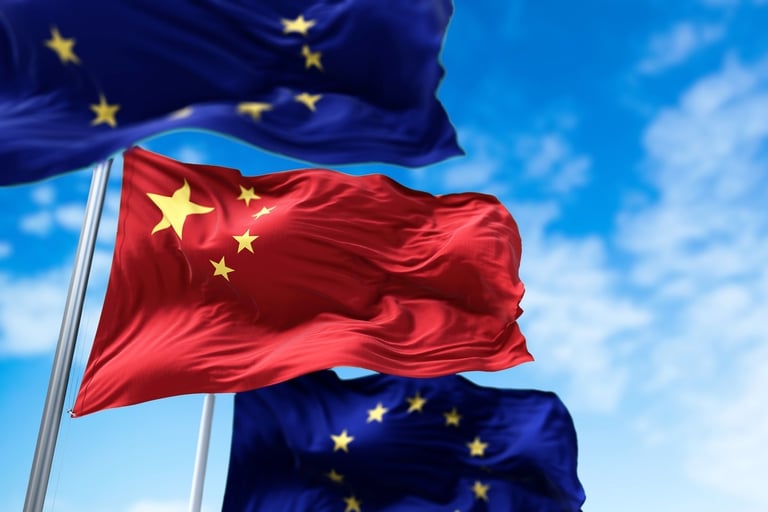Ramadan 2025 has paved the way for a substantial shift in how global travelers engage with the UAE. New data from Visa indicates a 6 percent year-on-year increase in visitors, accompanied by a notable shift in both traveler profiles and spending behaviors.
Released ahead of the Arabian Travel Market, Visa’s Travel Pulse Q1-2025 report reveals that emerging markets have contributed unexpected spending, with a remarkable 111 percent increase among visitors from Azerbaijan, followed by Tajikistan at 81 percent and Kyrgyzstan at 62 percent. The report also highlights that mid-market travelers (mass Visa cardholders) were the predominant segment during Ramadan, accounting for 45 percent of total international visitor spending, an increase from 41 percent during non-Ramadan periods.

Experience-first travel replaces lengthy luxury trips
The average stay for visitors has dropped to 4 days, down from 6 during the rest of the year, reflecting a growing trend of intention-led short trips. Additionally, the visitor mix is evolving, with a surge in inbound tourism from Central and Eastern Europe, notably led by the Czech Republic, which saw an 86 percent increase compared to the rest of the year, followed by Romania at 67 percent, Poland at 63 percent, and Germany at 44 percent. These markets are reshaping the UAE’s traditional tourist profile. Meanwhile, GCC-based travel, particularly from Saudi Arabia, has declined as many travelers chose to observe Ramadan at home. These changes indicate a reshaped visitor profile that is more diverse, time-conscious, and culturally motivated, emphasizing the importance of authentic, seasonal experiences over luxury or the length of stay.
Salima Gutieva, Visa’s VP and country manager for UAE, stated: “Ramadan used to be considered a quiet time for travel. But the patterns we’re seeing now tell a different story. Our data shows the UAE is increasingly attracting new visitors that bring different spending behaviors and preferences. We’re observing travelers adapting to changing economic conditions, which is reflected in the duration of their stay and how they spend. More importantly, they are still prioritizing travel and seeking enriching, meaningful experiences.”

Read more: Ramadan in UAE: Retail, hospitality, travel sectors see surge in demand
Spending spikes around Iftar and again before midnight
VisaNet data reveals a distinct spending rhythm during Ramadan. Spikes were observed in eCommerce, with food orders peaking before Iftar and online shopping surging at midnight. In-store spending was driven primarily by retail, which accounted for 32 percent, and dining, which made up 25 percent of visitor spending. Face-to-face and in-store spending surged in the final days of Ramadan, driven by extended mall hours and seasonal shopping experiences, while online transactions dominated earlier in the month. These trends demonstrate that travelers are spending purposefully but physically at local venues, presenting new in-store engagement opportunities for retailers.
Visa’s data reflects a shift in both visitor origin and spending patterns, expanding the UAE’s reach beyond traditional tourist corridors. These sharp spikes highlight opportunities for businesses to enhance digital channels and identify new source markets with tailored offers, particularly around cultural experiences and accessible price points.
Gutieva added: “For businesses, our Travel Pulse shows that Ramadan isn’t a pause in activity, but rather a moment of opportunity. Behaviors during Ramadan are different, and the key is understanding these to offer experiences that feel culturally relevant, easy to access, and meaningful to them.”








